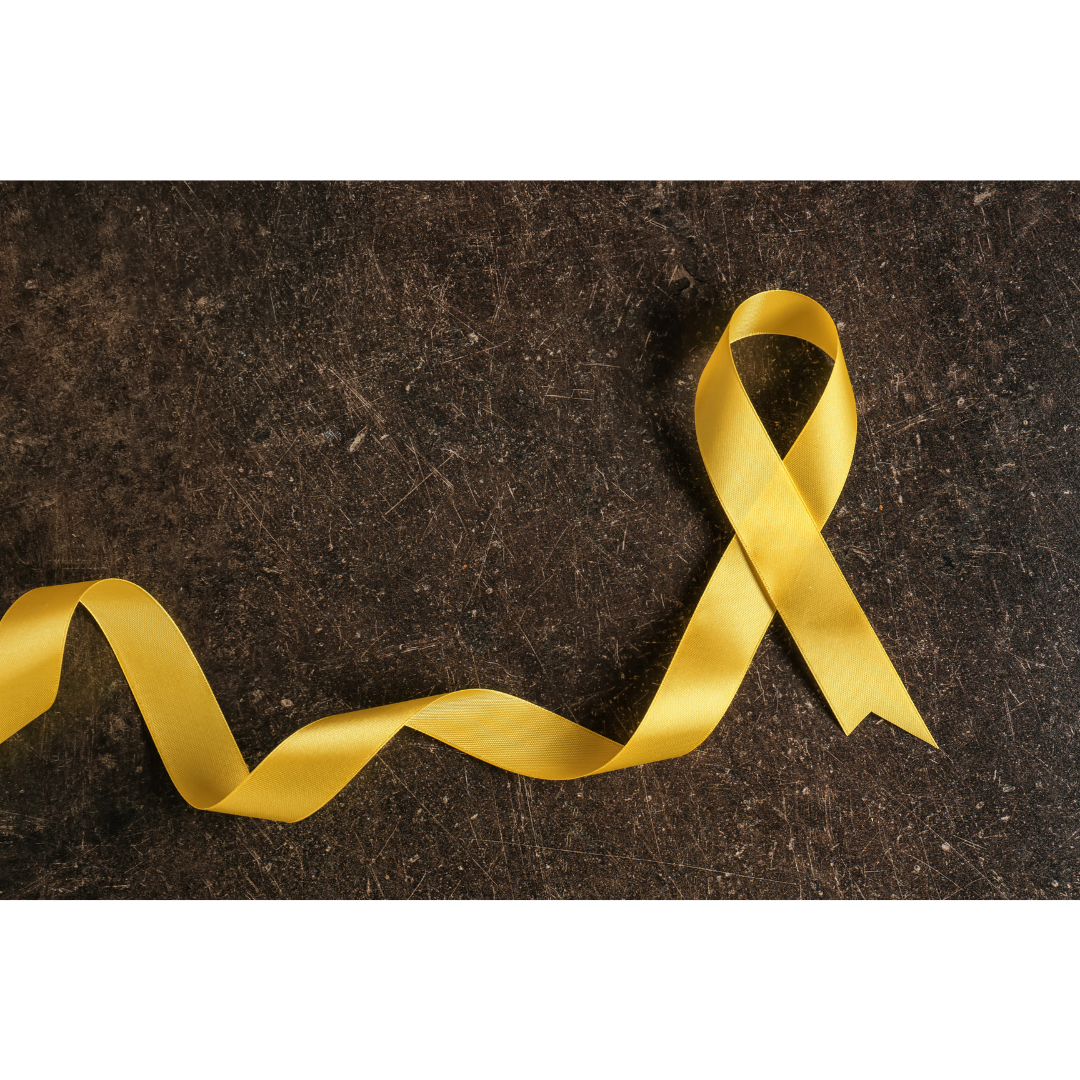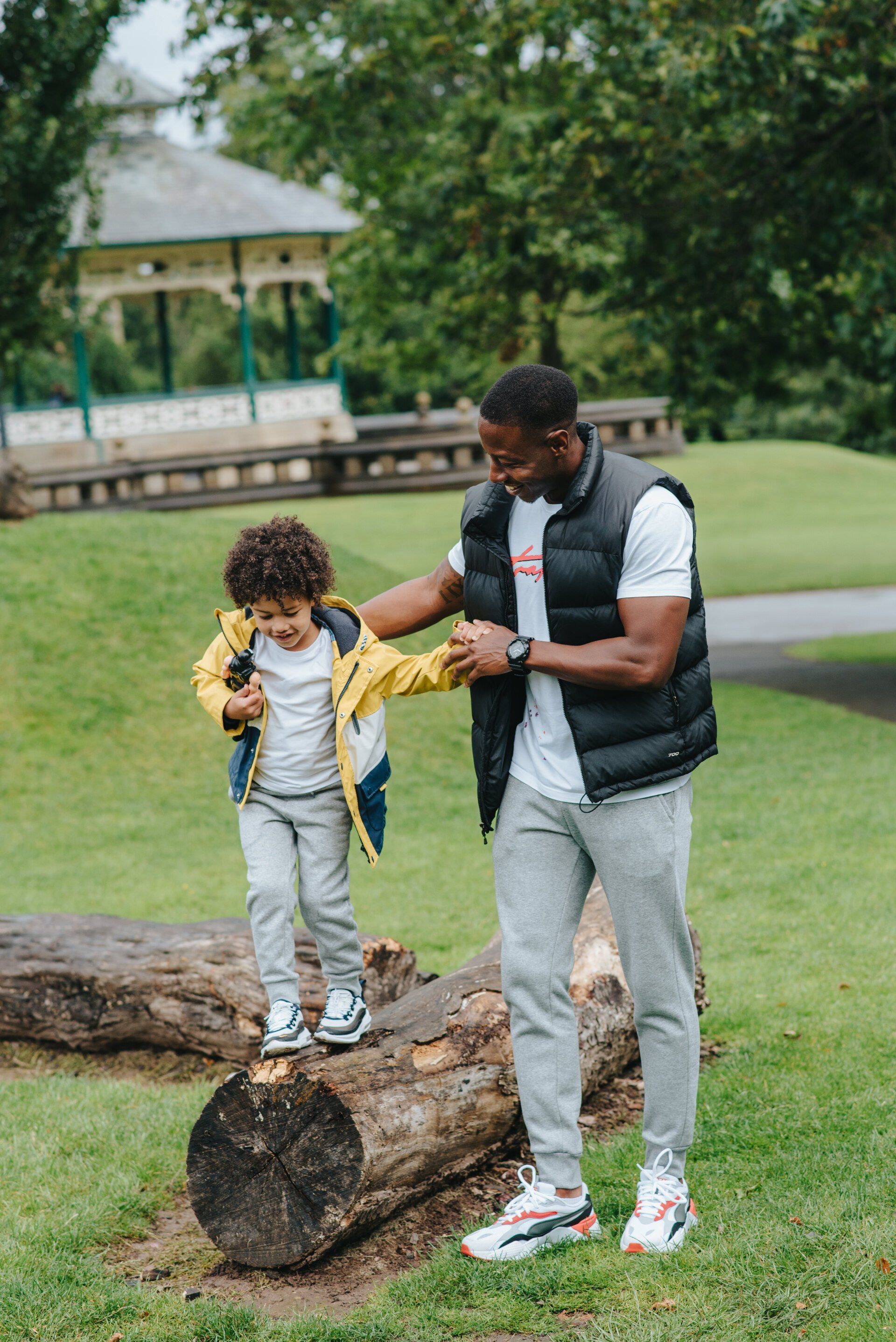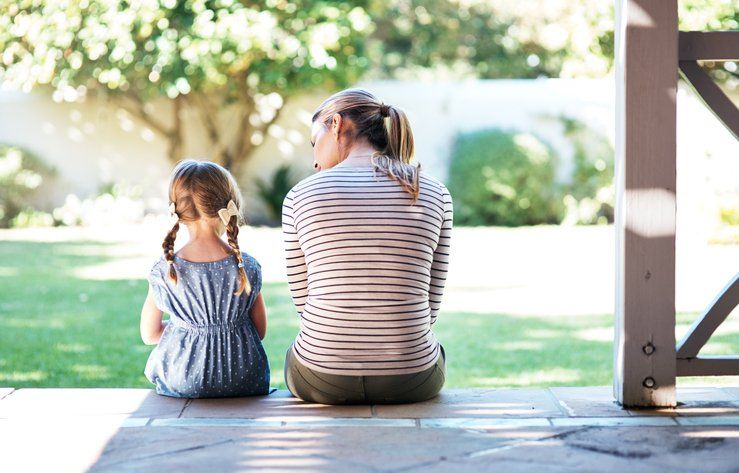Legal Protection For Child Abuse Victims: Understanding State Laws

This blog will explain key state laws and legal rights that help protect abused children. Keep reading to learn more about legal protection for child abuse victims and their rights.
Key Takeaways
- State laws define child abuse and neglect. They set procedures for reporting, investigating, and prosecuting cases to protect children from harm.
- Federal guidelines like CAPTA provide baseline definitions of abuse but allow states to create specific legal standards within their jurisdictions.
- Mandatory reporters, such as teachers and healthcare workers, must report suspected abuse within 24 hours. Failure to comply can lead to penalties.
- Statutes of limitation for filing claims vary by state, with some allowing revival windows for expired cases involving child sexual abuse.
- Victims can access protection orders and legal counsel through local courts or organizations like NCVLI to ensure safety and fair treatment in legal processes.
Understanding Child Abuse Laws

Child abuse laws aim to protect children from harm and provide justice for victims. They outline specific actions considered abusive and establish procedures for reporting and addressing such cases.
Definitions of Child Abuse and Neglect
Child abuse involves acts causing harm to a child’s physical, emotional, or psychological well-being. Physical abuse includes hitting or other actions causing injury. Emotional abuse can involve verbal attacks or behaviors lowering self-esteem.
Sexual violence includes exploitation or inappropriate contact with minors. Neglect refers to failing to provide necessary care, such as food, shelter, education, or medical treatment.
Some states allow corporal punishment if it is not excessive or harmful and do not classify it as physical violence under certain laws. Religious exemptions for medical care exist in many regions where spiritual treatments may replace traditional healthcare options.
These abuses violate the rights of children and are criminal offenses under both state and federal systems.
“Protecting children must be the most important thing we do as a society.”
Federal vs. State Laws
Federal and state laws address child abuse differently, but both aim to protect children. Below is a comparison of how these laws operate and their impact.
| Aspect | Federal Laws | State Laws |
|---|---|---|
| Definition of Child Abuse | Federal law sets broad guidelines. The Child Abuse Prevention and Treatment Act (CAPTA) provides a baseline definition of abuse and neglect. | Each state defines abuse and neglect. These definitions often vary but must align with federal standards. |
| Jurisdiction | Federal laws establish national policies. These laws apply across all states and territories to ensure consistency. | State laws function locally. Each state handles child abuse cases within its jurisdiction. |
| Mandatory Reporting | CAPTA requires states to implement mandatory reporting laws. Federal guidelines encourage reporting by professionals working with children. | States enforce specific mandatory reporting laws. Some states require all adults to report suspected abuse, while others limit this duty to professionals. |
| Statutes of Limitation | Federal guidelines allow states to determine statutes of limitation for abuse cases. Federal cases are rare. | State statutes of limitation vary widely. Some states extend deadlines to account for delayed reporting by survivors. |
| Funding and Resources | Federal funding supports state-level programs. CAPTA allocates funds to prevent abuse and train mandated reporters. | States manage funds from federal grants. They also develop local policies and services to help victims. |
| Enforcement | Federal law relies on state enforcement. Federal agencies intervene only in severe or cross-state cases. | State agencies investigate and prosecute abuse. Local authorities handle most cases directly. |
Key State Laws Protecting Child Abuse Victims
State laws play a critical role in safeguarding children from abuse and neglect. They establish clear guidelines to ensure the safety and legal protection of vulnerable young individuals.
Mandatory Reporting Requirements
Mandated reporters must report suspected child abuse or neglect to State authorities. These individuals include teachers, social workers, police officers, and healthcare professionals.
Reporting laws require submitting a detailed account within 24 hours after suspicion arises. Failure to comply can lead to legal consequences.
These laws aim to protect the rights of children by ensuring timely intervention in cases of psychological abuse, sexual exploitation, or physical injury. The mandatory process helps start criminal investigations quickly and supports the welfare of children involved.
Statutes of Limitation for Child Abuse Cases
Statutes of limitation determine how long victims of child abuse have to file legal cases. Since 2002, reforms in all 50 states have aimed to extend these deadlines for survivors. Thirty-three U.S. jurisdictions provide revival windows for previously expired claims related to child sexual abuse.
On December 13, 2024, the Michigan Senate approved the "Justice for Survivors" legislative package, championed by Senator Kevin Hertel of St. Clair Shores. This significant legislative move aims to amend Michigan's statute of limitations for both criminal and civil sexual abuse cases, enhancing survivors' access to justice. This is a result of the Larry Nasar case, the Catholic Church and The Boy Scouts of America cases.
These revival age limits vary widely, ranging between 27 and 55 years old across different states. Changes help survivors seek justice even after years due to the lasting effects of traumatic experiences.
A survivor shared:
"Time does not erase the damage; extending these laws gives us a chance at justice."
Legal Rights of Child Abuse Victims
Child abuse victims have the right to seek justice through legal processes. They can pursue measures that ensure their safety and uphold their fundamental rights.
Access to Legal Representation
Legal representation plays a critical role in protecting the rights of child abuse victims. Organizations like the National Crime Victim Law Institute (NCVLI) focus on enhancing legal assistance for young people who have suffered from abuse.
NCVLI ensures victims are provided with advocates specializing in child protection laws and criminal proceedings, prioritizing their best interests.
State governments and local authorities often provide legal services to support victims through family law or criminal cases. Legal representatives handle restraining orders, parental rights issues, and other forms of legal action needed to protect children.
These measures ensure that all victims receive fair treatment within the Criminal Justice System while safeguarding their fundamental rights under state and federal laws.
Protection Orders and Restraining Orders
Protection orders and restraining orders aim to safeguard child victims from further harm. These legal tools play a critical role in ensuring the protection of children in abusive situations.
- Courts issue protection orders to prevent abusers from contacting the child victim or their family members.
- Restraining orders can restrict an abuser from coming near a child's home, school, or other locations important for the child’s safety.
- Temporary or emergency protection orders are often granted immediately to address urgent threats to a child’s life or well-being.
- Violating these orders is treated as a criminal offense and may lead to arrest or additional charges against the offender.
- Many states allow parents, legal guardians, or social services to file for protection on behalf of the child victim in certain cases.
- Some laws require specific evidence, such as police reports or medical records, before granting long-term protective measures.
- These measures prioritize the best interests of the child, ensuring their safety while minimizing disruption to family life.
- Protection orders often extend into foster care settings if parental custody rights are temporarily suspended due to ongoing abuse investigations.
- Involvement from regional authorities and social resources ensures that restraining orders align with federal and state regulations protecting children.
- The United Nations Convention advocates for legal frameworks providing children special attention in abuse cases through enforceable protective actions against offenders.
The Role of Mandated Reporters
Mandated reporters are professionals legally required to report suspected child abuse or neglect. These include educators, social workers, and healthcare workers who play a critical role in the protection of children.
They must report any suspicion of abuse within 24 hours under mandatory reporting laws. This swift action helps ensure legal protection for vulnerable children.
State laws hold mandated reporters accountable if they fail to make timely reports. Child protection legislation strengthens their responsibilities while providing immunity from liability if reports are made in good faith.
Mandatory Reporting of Child Abuse and Neglect - Michigan. A Courageous Voice, located in Oakland County, Michigan, highlights local resources for victims.
Mandated reporters support victims by connecting them with human rights services and ensuring criminal offenses do not go unreported. Their efforts prioritize the child’s best interests above all else.
How to Seek Legal Help for Child Abuse Cases
Victims of child abuse and their families need support in understanding legal processes. Familiarizing yourself with the steps to seek help can provide protection and justice.
- Contact a local child abuse attorney with expertise in criminal law and the legal protection of children. They can guide you on your rights and available options under state laws.
- Report suspected abuse to a local child abuse hotline or law enforcement agency. These reports can lead to investigations to protect the child immediately.
- Explore resources like the Child Welfare Information Gateway for advice, forms of violence, and available support services at the local level.
- Seek legal counsel from a trusted law office experienced in handling cases involving sexual offenses or domestic violence victims. Their knowledge ensures sensitive details are properly managed.
- File for protection orders or restraining orders through your state's court system to ensure safety during legal proceedings.
- Keep track of statutes of limitations for filing claims related to various forms of abuse, as some states provide extended timeframes based on new legislation.
- Reach out to organizations like CHILD USA for assistance with data collection and research on best practices in these delicate cases.
Conclusion
State laws play a crucial role in protecting children from abuse. Understanding these laws helps ensure victims receive justice and support. Legal protections like mandatory reporting and access to legal help provide vital safeguards.
Communities must stay informed to create safer environments for children. Everyone has a role in defending the rights of the child.
FAQs
1. What are the legal protections available for child abuse victims?
Legal protections include laws addressing sexual offences, domestic violence, and other forms of abuse. These laws aim to safeguard the rights of children and ensure their safety at local levels.
2. How do state laws address the statute of limitations in child abuse cases?
State laws set specific time limits, called statutes of limitations, for reporting abuse or filing a case. Some states extend these limits based on factors like the victim’s age or mental health.
3. Can religious institutions or boarding schools be held accountable for child abuse?
Yes, religious institutions and boarding schools can face legal action if they fail to protect children from harm or neglect their duty to report criminal offences involving minors.
4. What role does international law play in protecting child abuse victims?
The UN Convention on the Rights of the Child and rulings by bodies like the European Court of Human Rights guide nations in creating stronger legal frameworks for protecting children.
5. Where can families seek help for abused children?
Families can get legal advice from attorneys specializing in child protection cases. Social services also provide resources to support victims’ mental health and ensure their safety.
6. Why is there a need for legal reform regarding child protection?
Legal reform helps address gaps in existing laws related to economic factors, human resources challenges, and outdated statutes that may limit justice for victims over time.
Mailing Address
2510 Telegraph Road
STE L267
Bloomfield Twp., MI 48302
A Courageous Voice is a 501(c)3,
nonprofit organization
serving Wayne and Oakland Counties.
2025 A Courageous Voice All rights reserved.
Website Powered By: Ever Studios, LLC











